Design
My last 20 years as a designer in 1430 words.
I think I needed about 28 years to figure out what I wanted to do with my life. Good thing that I eventually did.
(If you want the boring version, here's my linkedin page – last updated 4 years ago.)
I have some very early memories from when I was about 5 of how I loved to copy different fonts and logos from magazines. I guess that was some kind of a sign, still somehow I got to graduate as an electric engineer.
In 1998, while I was studying at the Technical University of Budapest, at nights I worked as a roadie. I carried huge loudspeakers, mixers, light stands, rolled up cables and did all the physical work for about 15 EUR a night. The job was shitty AF. One early morning after finishing a show, one of my fellow colleagues asked if I knew how to work with some Macromedia presentation software no one knew even back then. His brother had some client work and needed help. I was desperately tired after carrying two tons of cables that night so I immediately said yes, even though I had no clue of what the whole thing was about. This is how I got my first design job – I just didn't know it was that.
I started working at that super-small agency as their only designer/frontend developer. It was 1999 so everyone was just figuring out how to develop for the web. We had quite good clients, even grew a little but after 3 years I just couldn't sync work with university anymore.
So I left this little studio in 2002 and started to build websites as a freelancer. I loved the freedom of taking on as many projects and clients as I wanted, and I did everything myself: design, frontend, backend (in PHP and MySQL). I had a lot of small clients and few big ones, learnt quite a lot and earned just enough money for parties during my univeristy years.
"Okay, I graduated. Let's get a job, that's what people do!" - thought Zimo. So I got a job. I wisely accepted the first offer: a database specialist at the data-warehouse of Telekom. Yeah, I still don't understand why. I mean I learnt how to make fast queries in Oracle but to my creative mind it was clearly not enough. No surprise that I had the most sideprojects during that year.
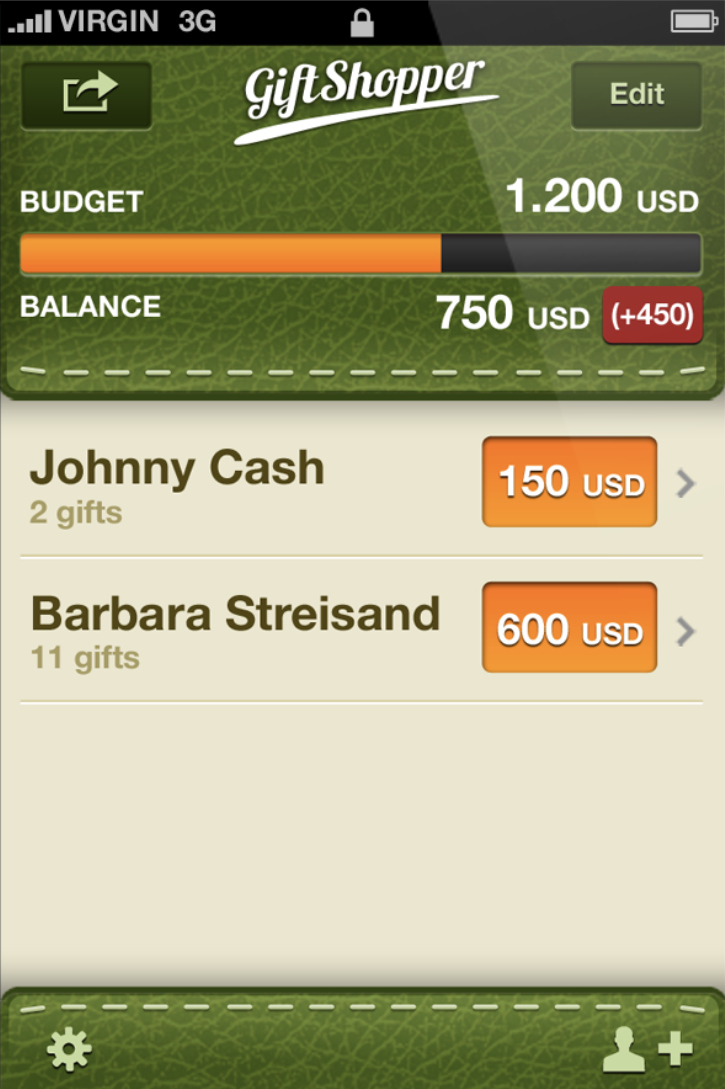
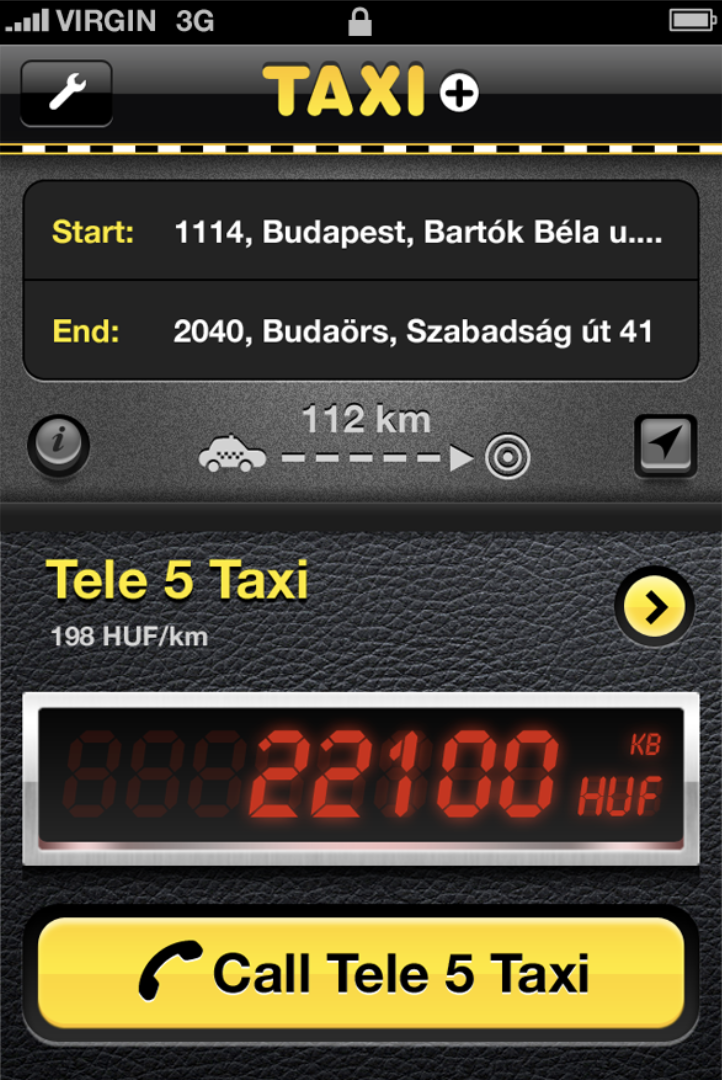
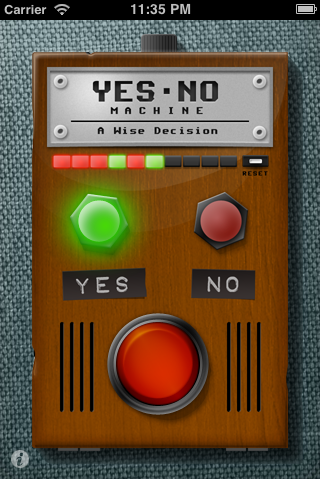
OMG so 2008! Is this even real?! 😮
SAP
From Telekom, I moved on to SAP and that's where my real design carreer started. I know: "SAP" and "design" in the same sentence? LOL. But we worked at SAP labs which was more like a playground for experiments, trying new tech and approaches. That's where I became first a team lead, project manager and designed the first batch of iPhone and Andriod apps and a design system for them.
At SAP I got to know a couple of great engineers and we started working on various iPhone apps as sideprojects. That was the time I realised I wanted to do design for a living. I was spending 6 hours a day to do my daily job and 10 hours learning design. I read every single article on Smashing Magazine and 10 other design blogs. I was drawing mockups, flows, logos, apps and coding in Objective C all-the-fucking-time. I knew that if I wanted to do this seriously, I have to go to a place where they take design seriously (no offense SAP – also it was 2011).
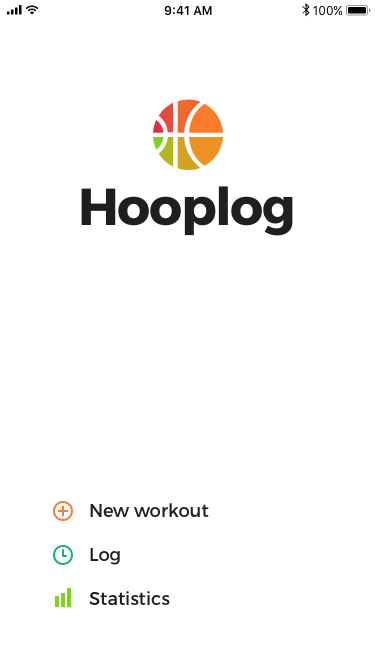
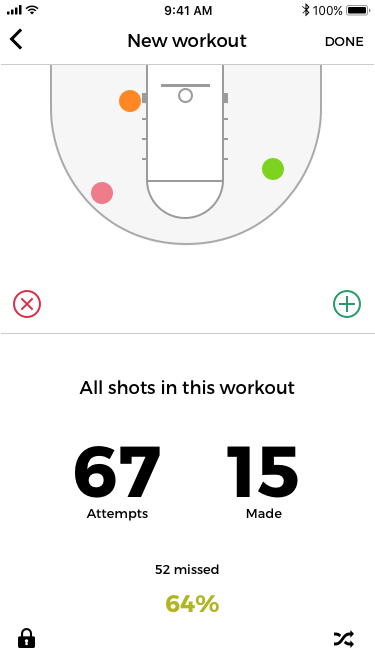
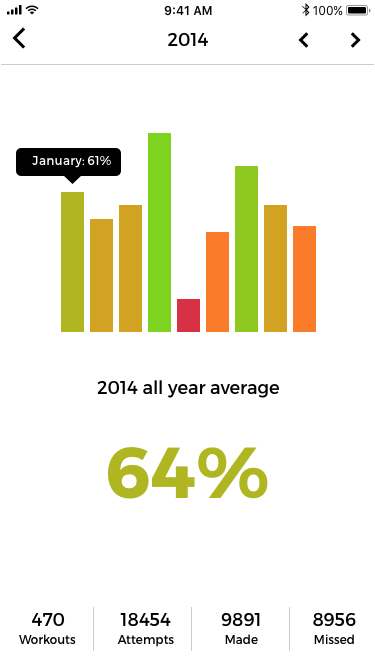
Skeuomorphism didn't last too long. Maybe 4 or 5 years 😅
One day a guy from another company came to do a presentation at SAP labs. The company was Prezi and the guy was Lior Paz, one of their engineers. He was the coolest guy I have ever seen: long dreadlocks, flip-flops, a white tank top like he ever gives a fuck. While we were sitting there in our suits or – for the brave casuals – shirts and jeans (OMG 😱) he was doing his presentation like it was the most natural thing in the world. He talked about the people at Prezi, how they organise work, how they just sit around in their amazing office wherever they want (I know, crazy, right!?) and that they ship a new version of the product every week. I was blown away and never though that this can happen in Hungary.
The next day I applied for a designer job at Prezi. They hired me.
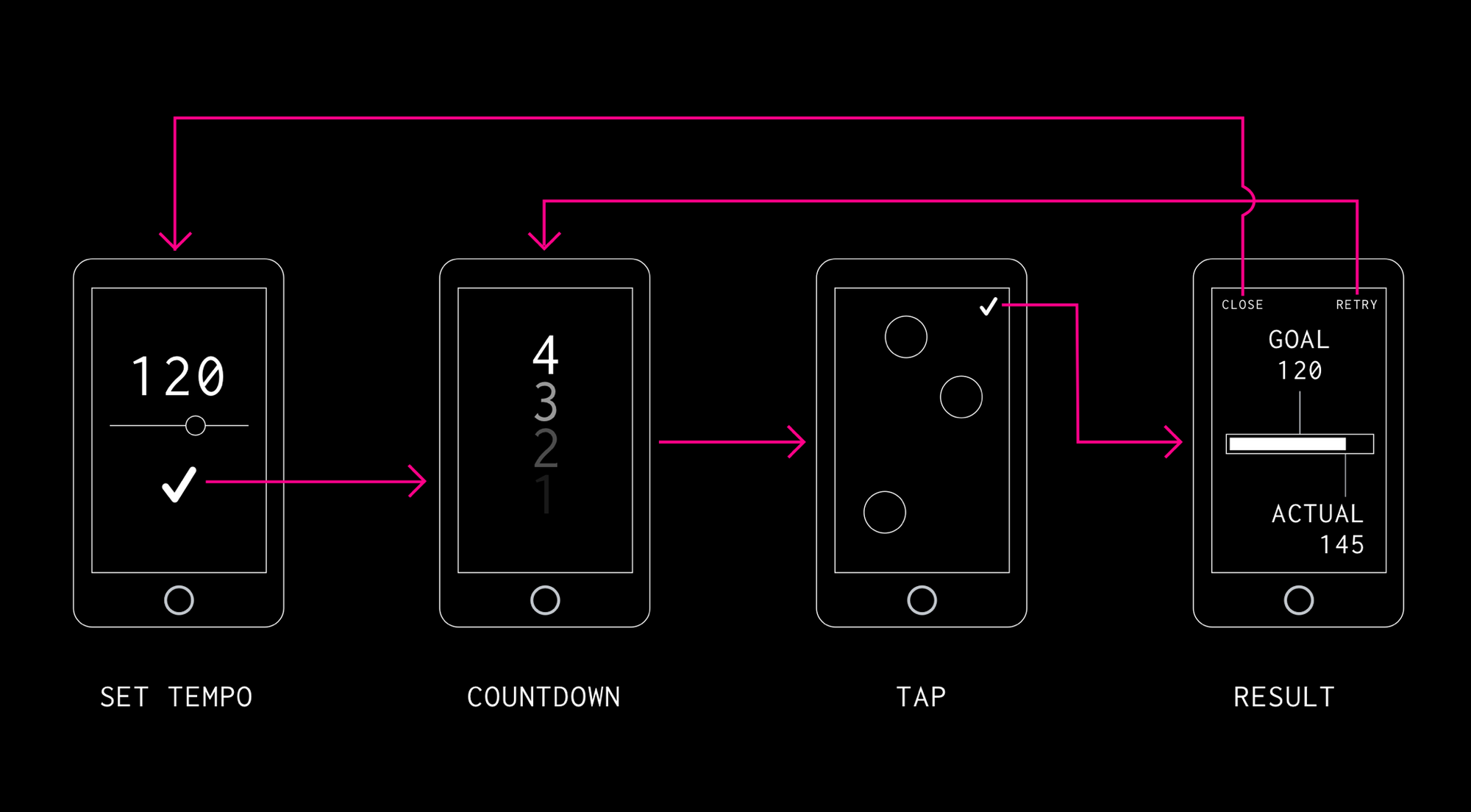
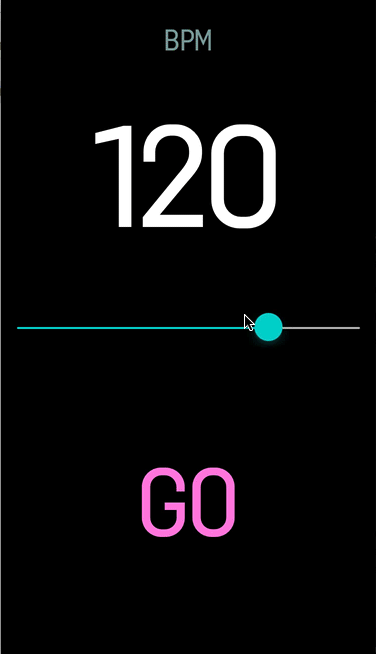
You can test your inner rhythm with this app which I made on a flight between Budapest and San Francisco. (The animation is from the actual app, not a proto.) I'm still pretty proud of it
Prezi
I started at Prezi just about a month after my third kid, Bence was born (yes, I started my family early – highly recommended). The first couple of years at Prezi was one of the best periods in my entire life. I learnt so much about everything: design, coding, culture, hacking, music, everything, and I met tons of amazing people from all around the world. It's been a pure culture shock that I'm super grateful for.
Prezi is an incredible idea and a huge challenge to any designer: thinking in 2.5D is already complex, turning that into something that anyone would be able to use is almost impossible. The biggest project in Prezi that I worked on was the complete redesign of the editor. During the years we built a product design system and worked out a lot of concepts and millions of prototypes for the future of Prezi.
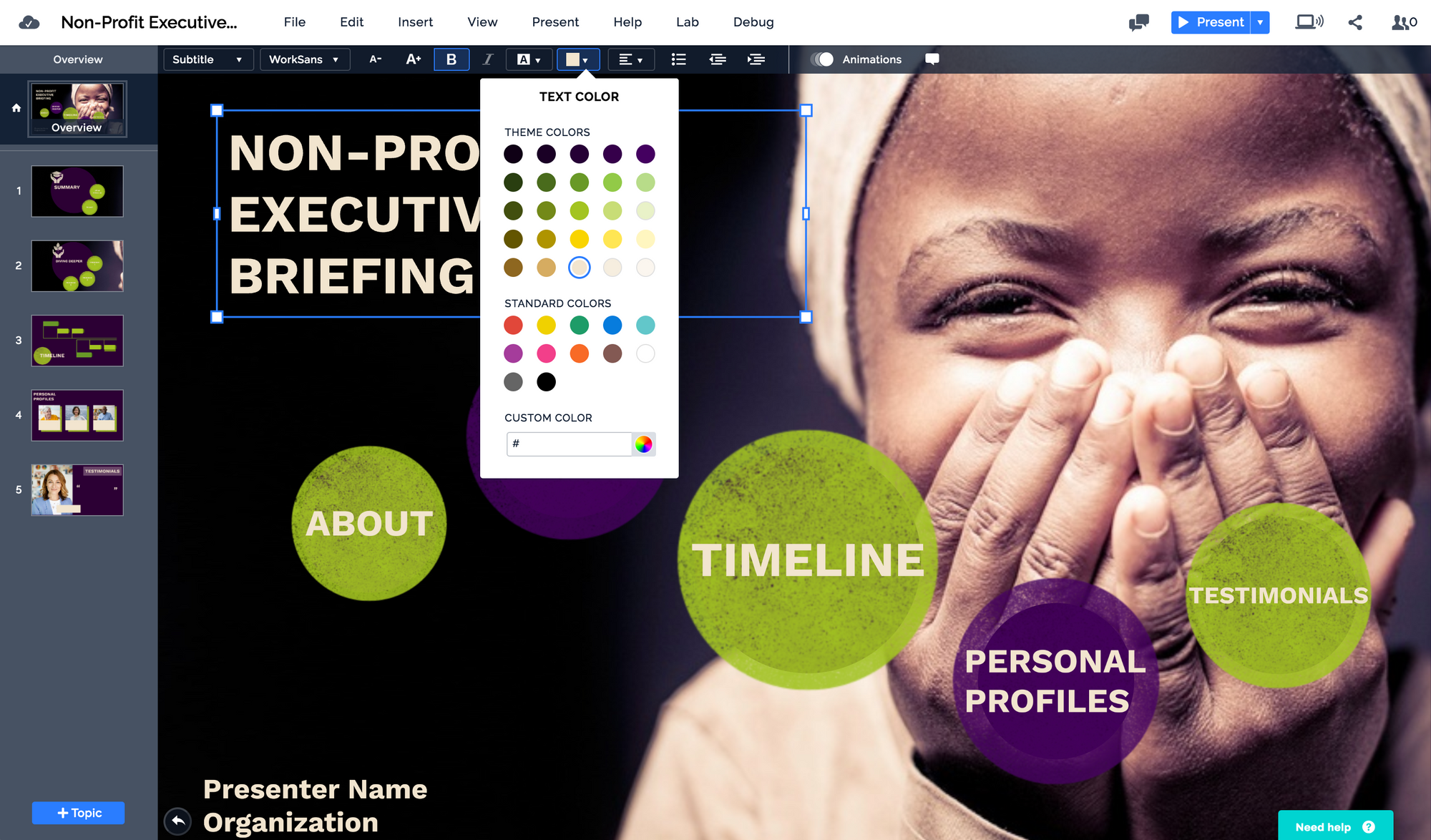
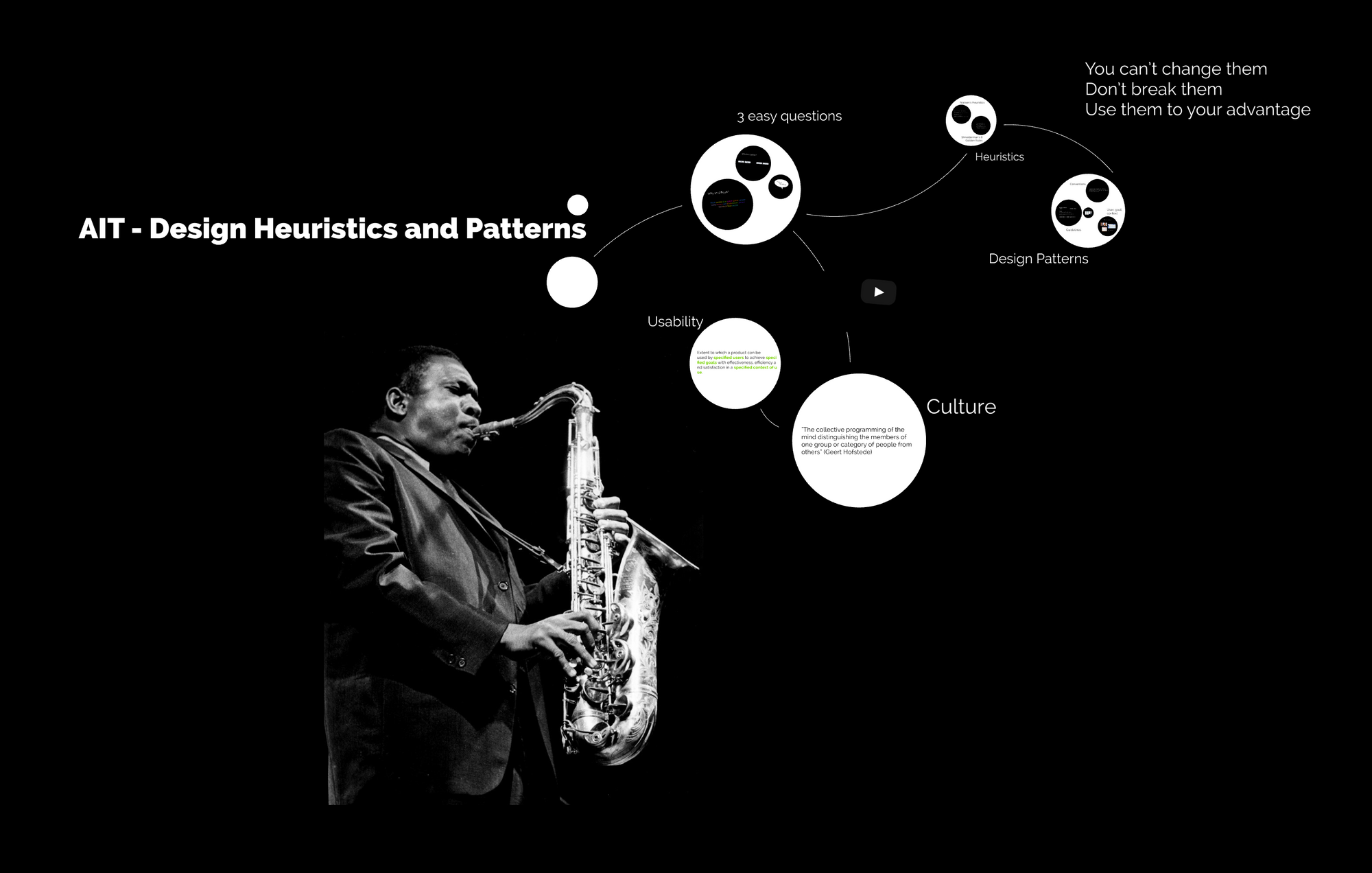
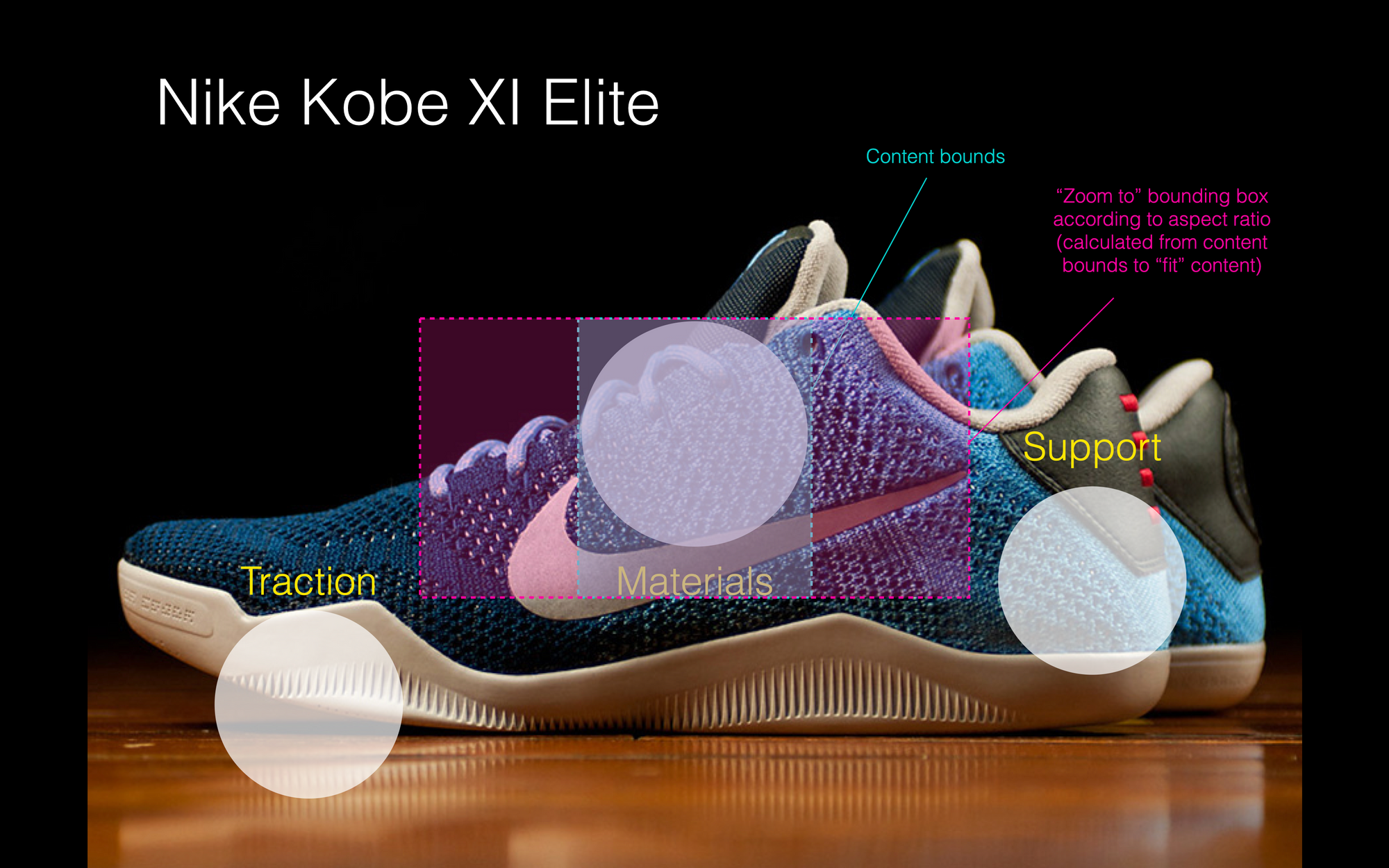
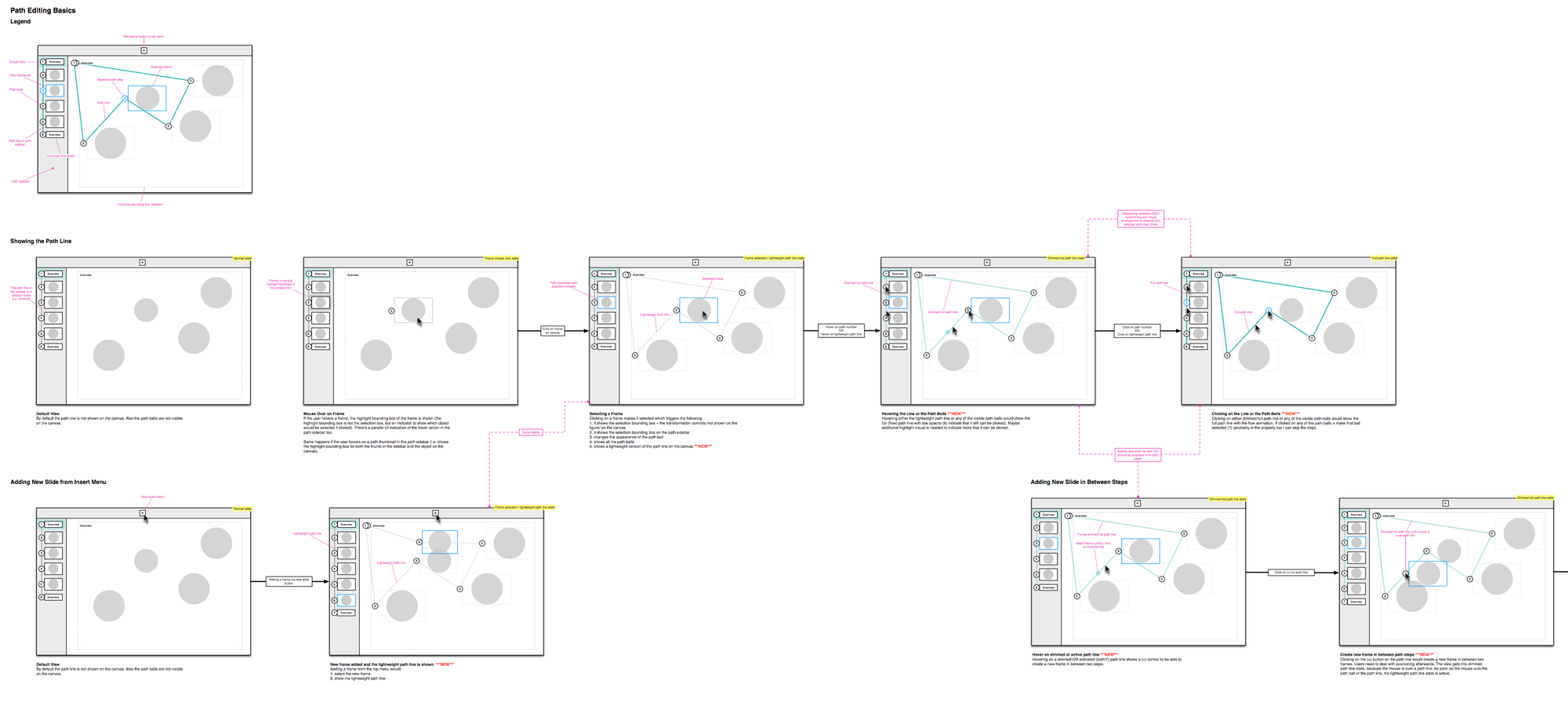
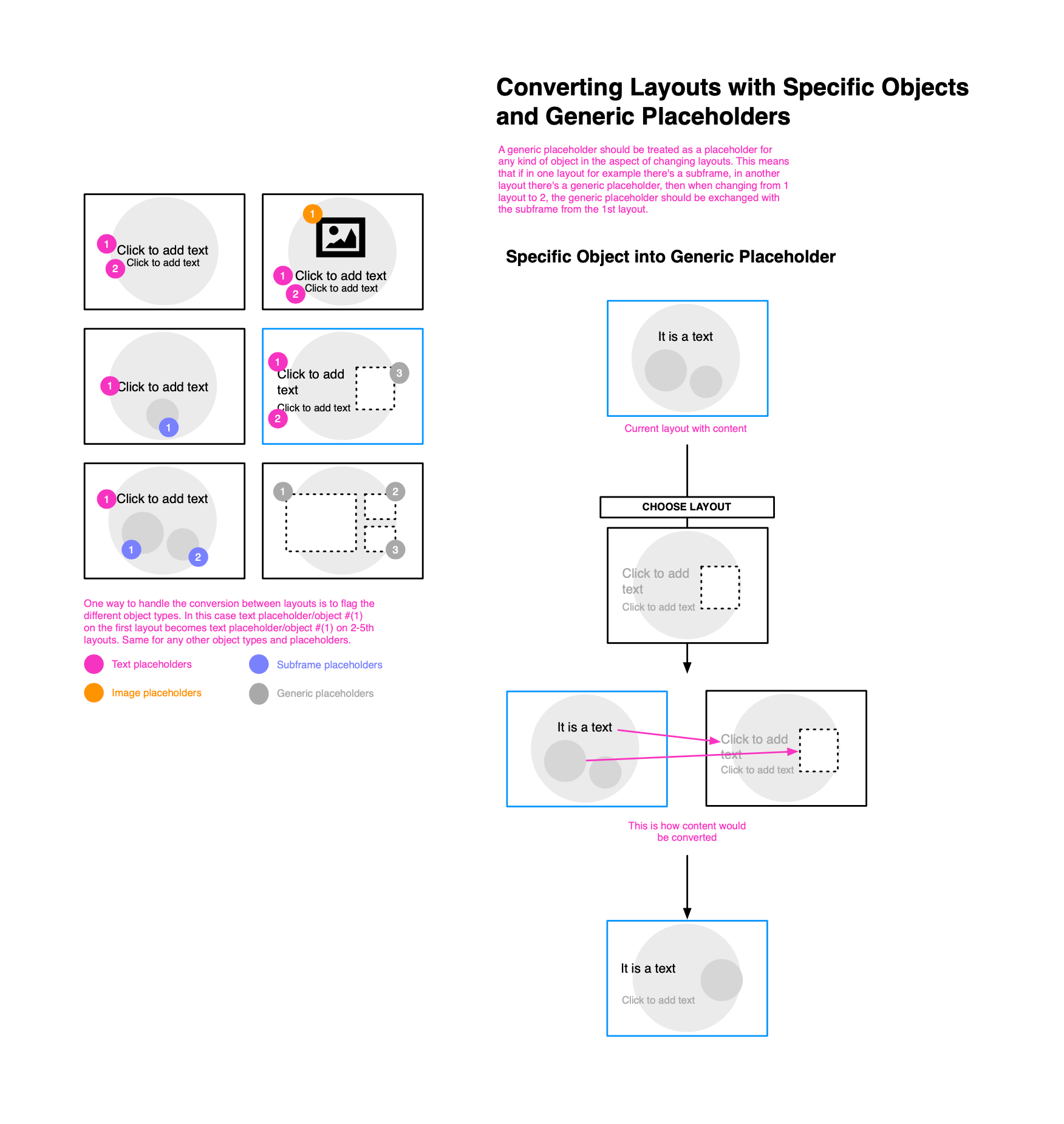
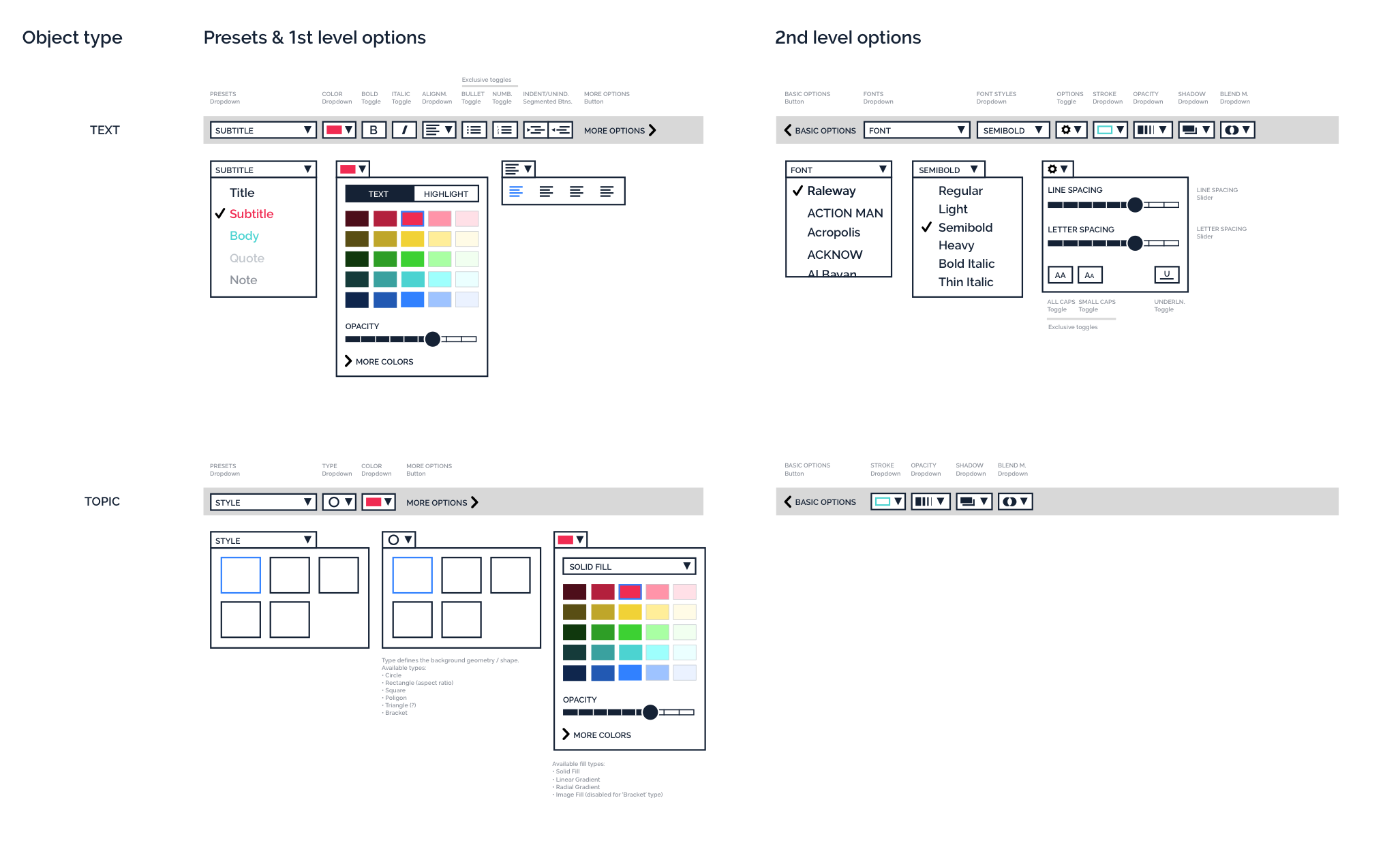
I pretty quickly became the lead product designer and later the "director of design" not that I give a fuck about titles. Besides day-to-day design work, I became the manager of other designers too. Shortly I was managing about 15 people, having 30 meetings a week and after a while that became too much for me. I felt I got too far away from my roots as a designer and got too much involved with company politricks and management without much impact.
One day in October, 2017, a colleague who knew my struggles, sent me a link to a job listing at Ghost. They were looking for a lead designer. I didn't know what Ghost was but their whole approach to everything was very different and immediately cought my attention.
Ghost
I started at Ghost in January 1, 2018 and I don't intend to change for quite some time. Ghost is very-very different than anything I experienced before and in a really good way. First, it's an intentionally small company (we're 22 people now) which means it's managable. It's full of incredibly talented and funny people who are passionate about their craft. The product is simple, focused and super-refined, the goals are crystal clear. And John is honestly the best CEO I can imagine: human, rational, funny and dares to make decisions – plus he's a designer so he always knows what you mean.
He and Hannah, our CTO, built the whole company around freedom which pervades every part of it: you can work from whereever you want, whenever you want and in a way you want. This sounds like the perfect recipe for chaos but magically, by hiring the right people and keeping some very simple processes, everything clicks just perfectly.

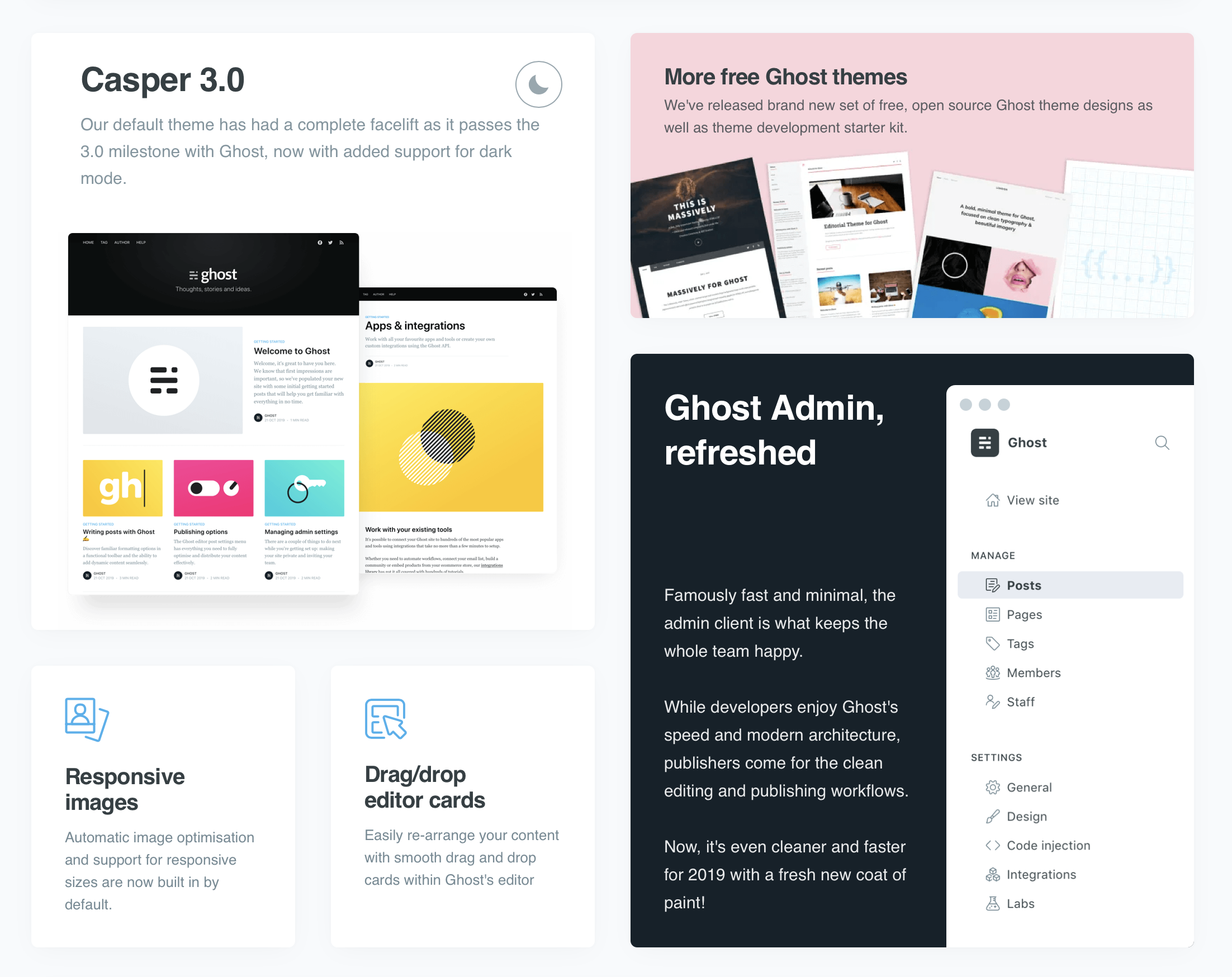
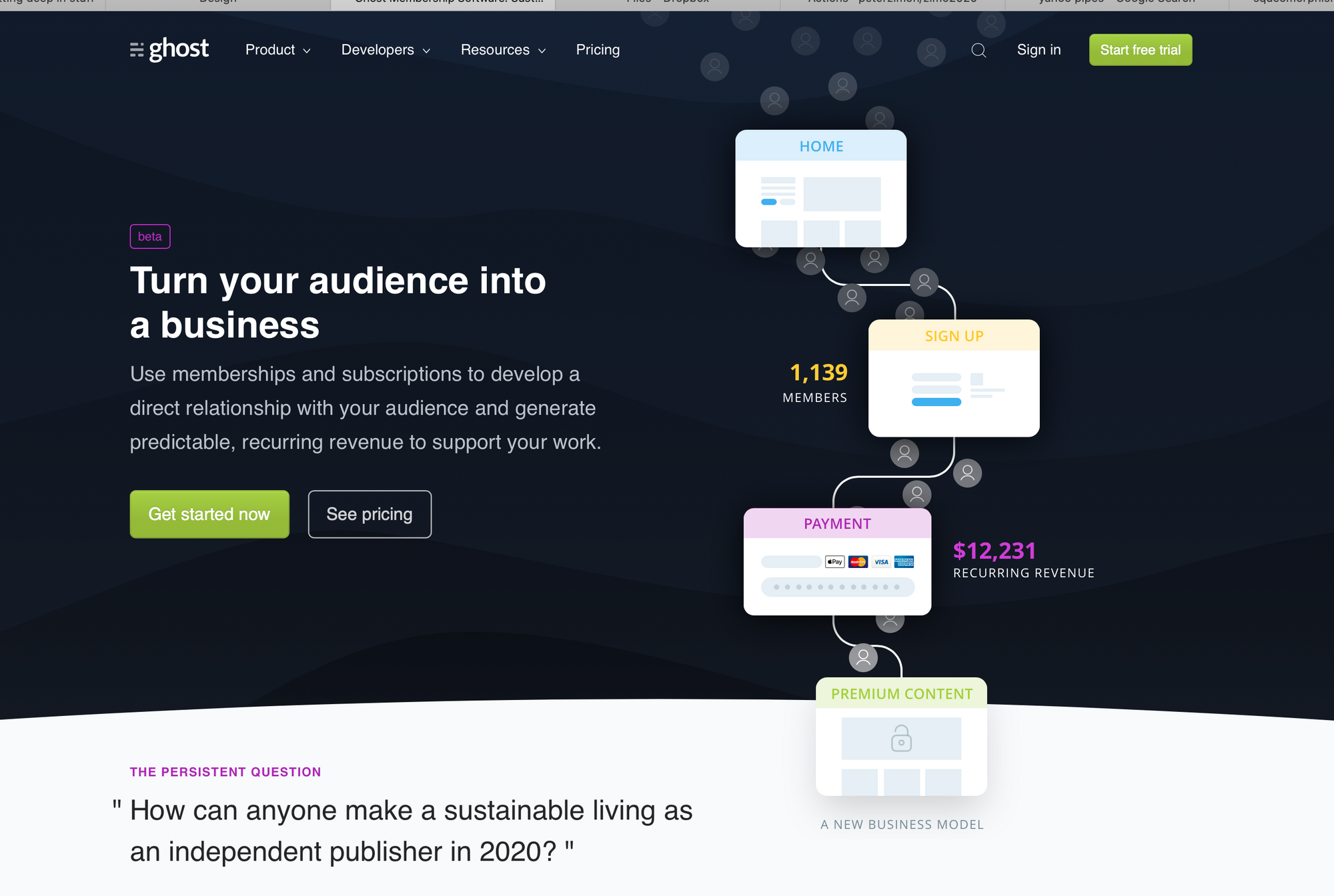
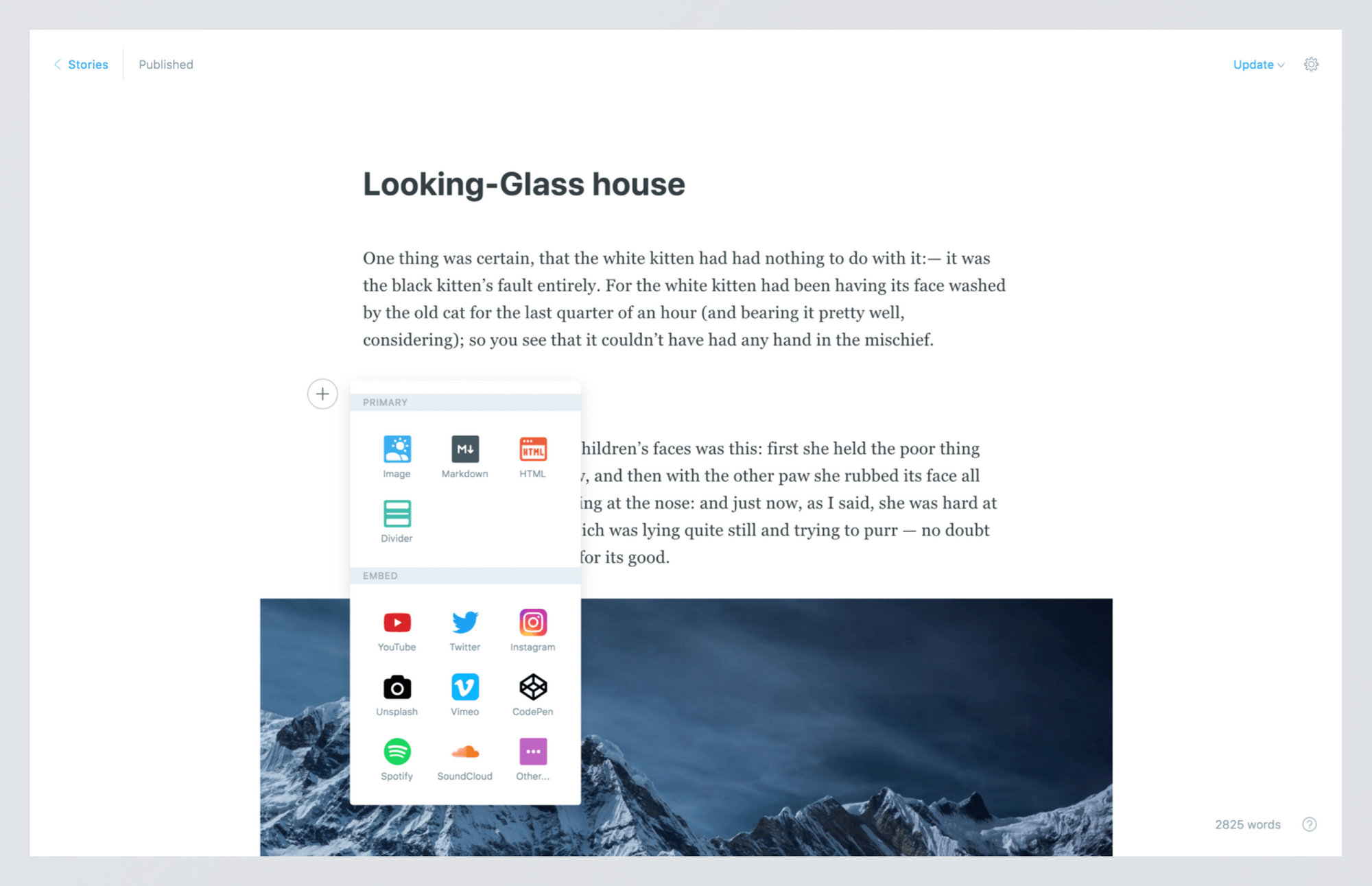
Design at Ghost is opinionated. Yes, of course we listen to customers (and there are quite big names amongst them), we are fully aware of their problems and we work on them. And at the same time we value experience, taste, gut feeling, craftsmanship and opinion. This is what a designer could ever want. It doesn't mean we design-fap 24/7 and there are no constraints. Quite the opposite, but our own views also drive design decisions.
In my first 2.5 years I designed or worked on almost everything that's in the product RN: Koenig (the current editor), the Admin UI, custom integrations, redisigning the documentation, the first version of membership and subscription, some themes, a little bit of marketing and I could go on. I truly got back to my roots as a designer, I built and learnt so much I can't tell. And hopefully it's far from being over yet...